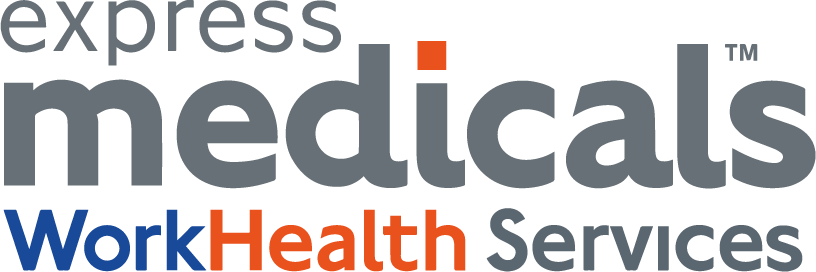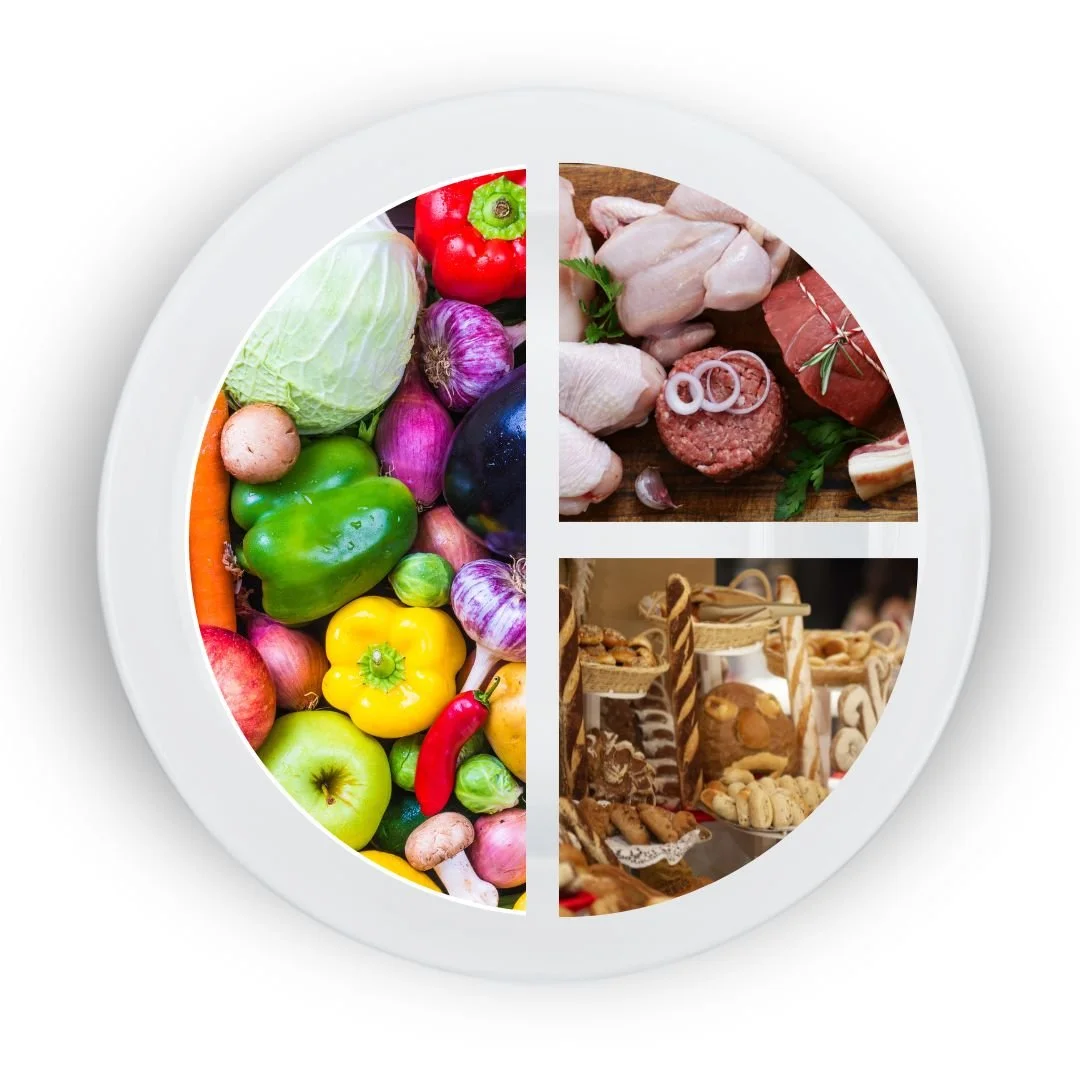Tips for a balanced diet
By Marina Saif
It’s coming up to the new year. Many of us are making new year’s resolutions around getting rid of any bad habits implicating new good healthy habits into our everyday lives.
If you’re still unsure which good habits you can commence, ensure you include ones around a healthy diet and moving more.
All the food which we consume is assimilated and utilised in our bodies, therefore, it is important to consume healthy balanced meals for every meal and not to cut any food groups out. This is particularly important with children, as cutting important food groups out can disturb their growth and can lead to deficiencies in all ages.
The nutrients of the food we eat (macronutrients like protein, carbohydrates and fat, or micronutrients like those contained in fruits and vegetables) are vital for our bodies’ function.
Carbohydrates provide our bodies with energy
Proteins are for the growth and repair of our muscle’s cells and tissue
Fats help us absorb nutrients and aid the healthy production of hormones. Healthy fats reduce “bad cholesterol” and increase “good cholesterol”.
Fruits and vegetables provide our bodies with essential vitamins and minerals, some of which are powerful antioxidants protecting against diseases and strengthening immunity necessary for the functional and hormonal responses in our bodies.
Deficiencies in vitamins and minerals can occur when our bodies are not receiving the correct nutrition or if our bodies are unable to absorb the vitamins and minerals, this is often a result of diet restrictions, improper nutrition, or illness. In most cases we can control this by ensuring we consume a healthy, nutritious, colourful diet. Indeed, we truly are what we eat!
Treats are good to enjoy, however the quantity and frequency of when we consume these are important. If we are overindulging in high-sugar, high saturated fat treats then we are not giving our bodies what they require for a healthy function and doing this for a long period of time will negativity impact our health and imbalance the quality of nutrients the body needs. A balance is important, everything is ok in moderation, nothing in abundance.
Food labels can help and have a traffic light system which can alert you to what is healthy (green), moderately healthy (amber), not so healthy (red), so bear these in mind when choosing portions.
What’s on your plate?
Try to have half your plate full of vegetables and salad; quarter of the plate full of lean protein and a quarter carbohydrate for every meal; that includes breakfast, lunch, and dinner.
Your plate should be composed like this:
Fruit & Vegetables (Half a plate of these)
Broccoli
Cauliflower
Cabbage (red/ white/ green)
Kale
Spinach
Avocado
Green peas
Corn
Carrots
Cucumber
Lettuce
Tomatoes
Capsicum/ bell peppers
Berries (strawberries, blueberries, raspberries, blackberries, cranberries)
Citrus fruits (oranges, satsuma, pink grapefruit, lemon/ lime)
Rosacea fruits (peaches, nectarines, apricots, plums)
Mangos and papaya
Healthy proteins (quarter of a plate of these)
Chicken breast
Turkey breast slices
Lean cuts of steak
Salmon Filet
Tuna Steak
Steamed/ oven cooked white fish (haddock, hake, cod, tilapia)
Loin chop of lamb
Vegan alternatives (e.g. Quorn, Beyond Meat)
Plant based proteins, like lentils, chickpeas, beans, pulses, tofu, tempeh, nuts & seeds (e.g. almonds, cashew nuts, hemp seeds, chia seeds, pumpkin seeds and flaxseed
Wholemeal, slow release, unrefined carbohydrates (quarter of a plate of these)
Sweet potatoes (mash or roasted, avoid fries)
Potatoes (mash, roasted, avoid fries, half a jacket potato)
Wholemeal bread/ bread crackers/ oatcakes
Rice (wholemeal)
Pasta (wholemeal)
Bulgar wheat
Couscous
Quinoa
Good healthy snack ideas (try to keep snacks total 300kcals/day)
Cucumber/ celery/ carrot sticks with 1tbs of hummus
Rice cake with thinly spread peanut butter/ hummus
1 fruit: apple/ pear/ orange
2 tbs cottage cheese and chopped cucumber
Corn on the cob with squeezed lime
Chia seeds soaked in natural low fat high protein yogurt
Oatcakes with hummus or peanut butter
A day of healthy, balanced eating
Below is an example of a day of tasty, healthy meal options:
Breakfast:
1 small wholemeal roll/ slice bread (carbs) with 2 boiled eggs/ smoked salmon (proteins) and half of smashed avocado (healthy fats) can also sprinkle a few pumpkin seeds (more healthy fats/ protein) and with a side of mushrooms and asparagus/ spinach (veg)
Lunch:
Boiled/ grilled/ roasted chicken breast (protein) with roasted sweet potatoes (carbs) and half a plate of mixed salad (lettuce, tomatoes, cucumber, olives)
Dinner:
Grilled Tuna Steak (proteins with 5 small new potatoes boiled/ roasted and mixed winter veg (sprouts, cauliflower, broccoli, cabbage, carrots, green peas).

